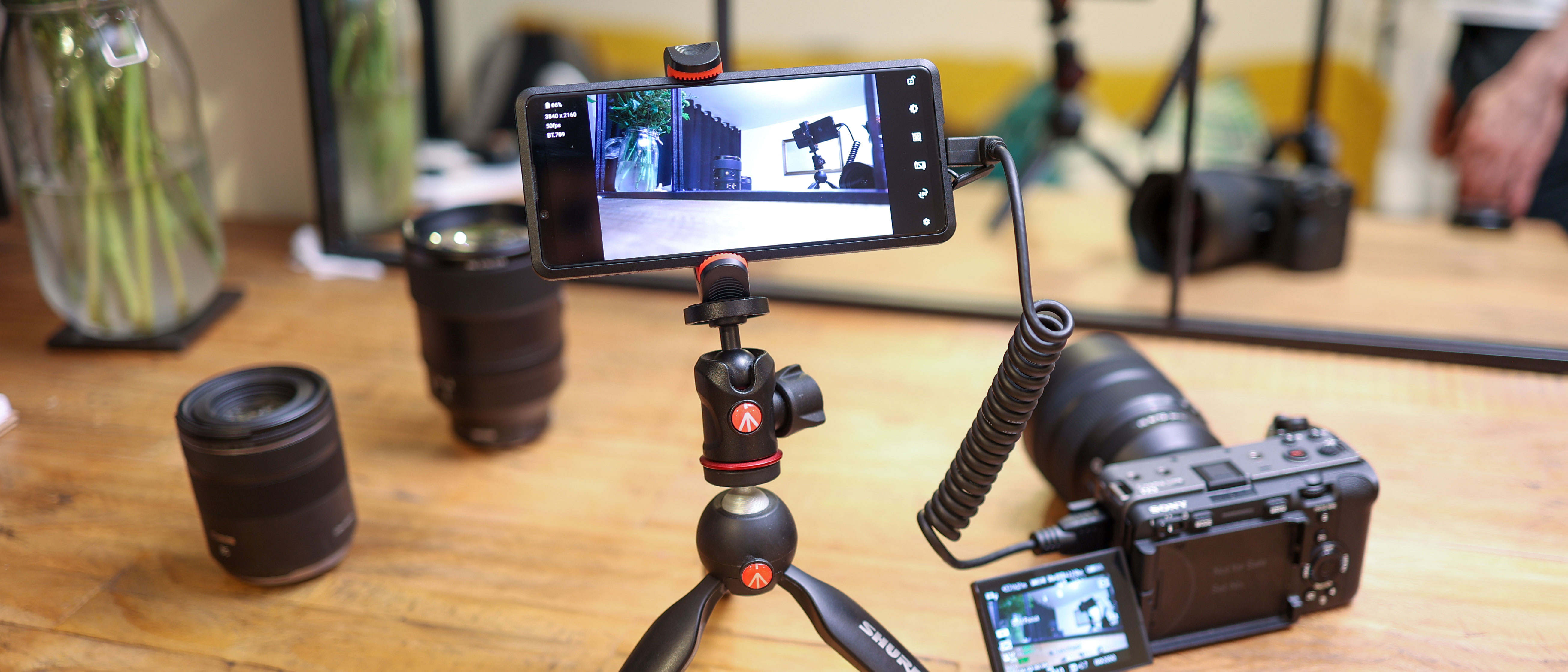Digital Camera World Verdict
The Sony Xperia Pro is one of the most unique camera phones we’ve tested, with its multi-function feature set. Costing an eye-watering $2,499 / £2,299 though, it’s incredibly difficult to justify, and would be a terrible buy as a personal smartphone. While the 12MP camera performs well, it isn’t the world’s best camera phone, and dedicated field monitors offer significantly richer functionality (and external recording) for videographers. For professionals looking to save invaluable space in their kit bag though – run and gun or documentary shooters, say – the Xperia Pro is a one-of-a-kind solution that will definitely lighten your load.
Pros
- +
Undeniably useful multi-functions
- +
Gorgeous 4K OLED display
- +
Most stable 5G on any phone we've tested
Cons
- -
Way overpriced as a personal phone
- -
No recording as an external monitor
- -
No overlays like focus peaking/zebra etc
Why you can trust Digital Camera World
The Sony Xperia Pro is a logical step for Sony. This company has its finger in all the pies, and the Xperia Pro is a testament to that fact. While Sony has had trouble integrating its imaging capabilities into its phones in a meaningful way in the past, it’s hard to deny that the Xperia Pro goes further than any phone before to deliver true value to both fans of Sony’s imaging and smartphone lines. At a price.
At its heart, the Xperia Pro is a two-in-one smartphone and field monitor for videographers. While it was announced alongside the Xperia 1 II, and shares many of its specs, it hit the market much later in the UK and US, at around the same time the Xperia 1 III was unveiled.
With last-generation internals, the Xperia Pro will struggle to compete with today’s best camera phones, and when you factor in its sky-high price, its niche status can’t be overstated on first glance.
Sony doesn’t want this phone to compete with other smartphones, though. It sees the Xperia Pro as an imaging tool with no rivals. It isn’t just a field monitor either, thanks to the 5G connectivity and live streaming support, and with its 6.5-inch 21:9 CinemaWide 4K HDR OLED display, it looks striking when fired up and mounted on a camera.
Specifications
Dimensions: 171 x 75 x 10.4 mm
Weight: 225g
Display: 6.5-inch OLED
Resolution: 3840 x 1644
Camera: 12MP wide, 12MP ultra-wide, 12MP telephoto
Battery: 4000mAh
Charging: 21W supported (18W charger in box)
Processor: Qualcomm Snapdragon 865
Storage: 512GB + up to 1TB microSD card
Design and screen
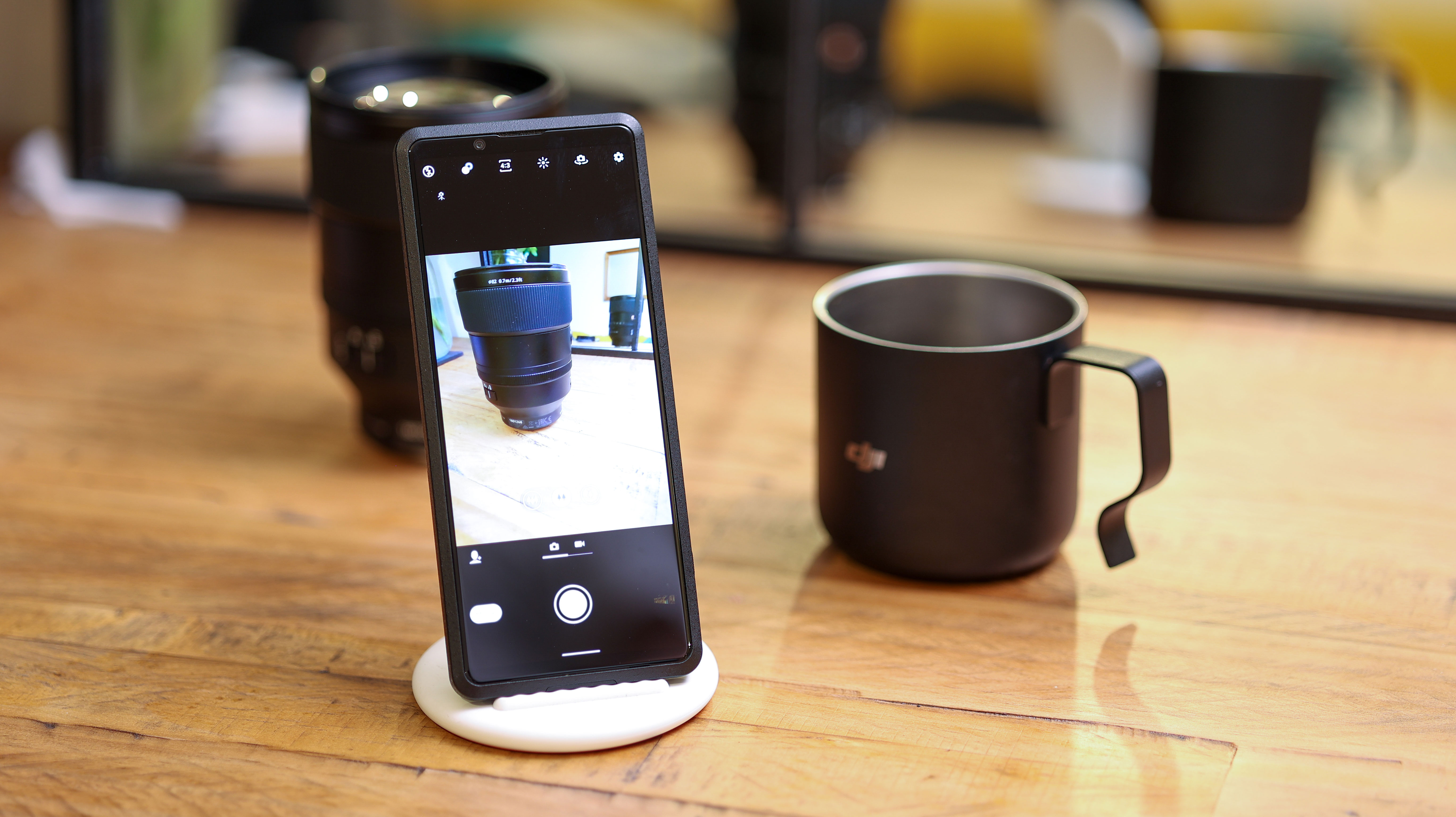
The Xperia Pro was created with durability and practicality in mind, for the most part. That’s why it misses out on some of the qualities that make flagship smartphones seem special, like a glass back, metal frame, and fancy curved design. Instead, the phone is a plastic block with beveled sides; much more akin to an Alpha camera than an Xperia smartphone.
The Pro also has that same dappled texture found on camera bodies, making it instantly different to phones like the Xperia 1 III. It does share some of the same design highlights as Sony’s flagship, including Water resistance (IP65/68), and there’s Corning Gorilla Glass 6 protection on the front as well.
Combining a 6.5-inch 21:9 CinemaWide 4K HDR OLED, the Xperia Pro’s tall screen is matched with a 3840x1644 resolution, making it incredibly sharp. This is a major consideration for anyone looking at the Xperia Pro as a field monitor for video; the phone showcases pictures brilliantly, is deep, vibrant and also customizable, with color spaces including BT.2020 in Creator mode, in addition to the phone’s standard display mode.
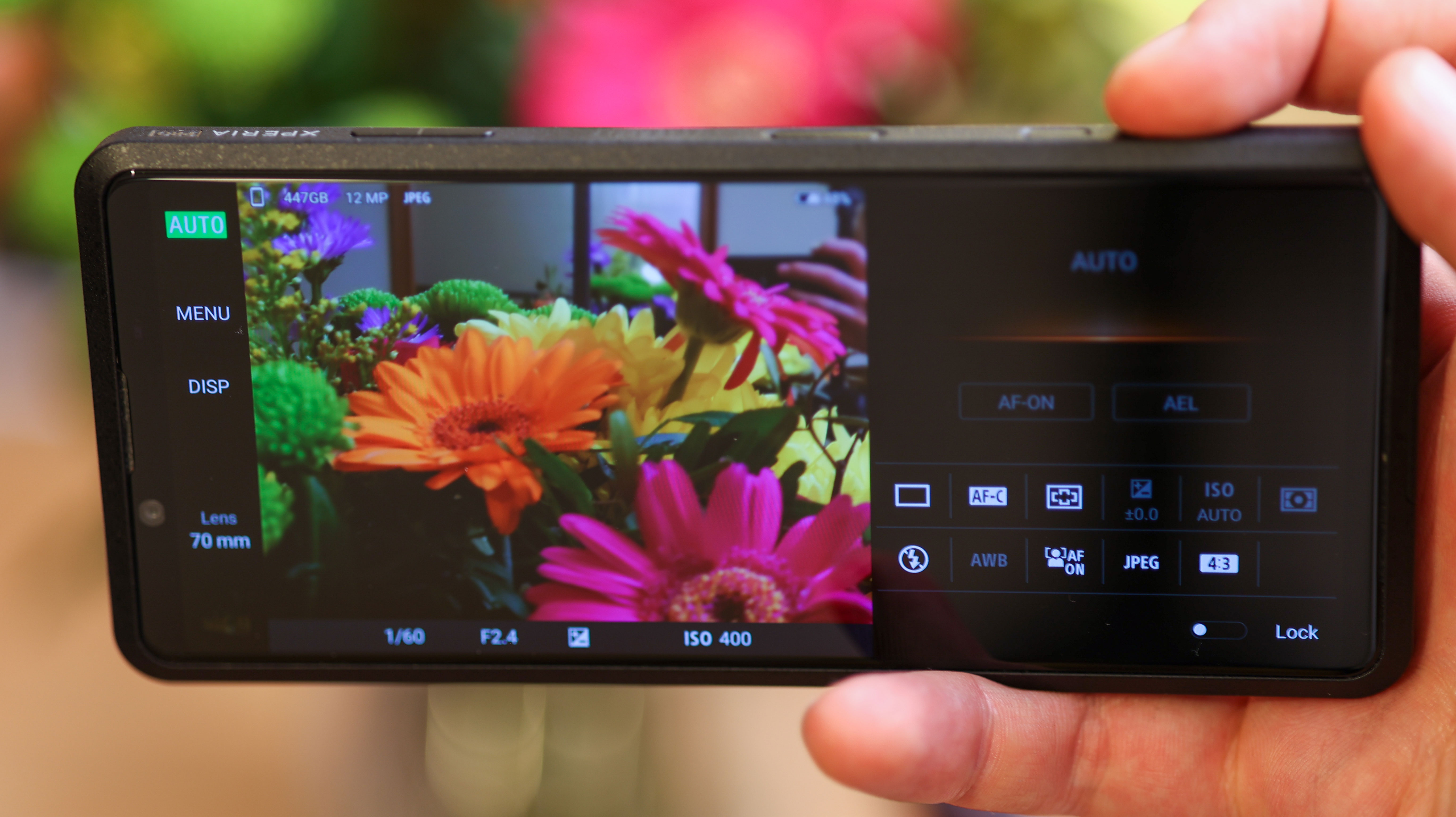
With a peak brightness of 1,000 nits, the Pro matches that of the Atomos Ninja V, but what it lacks by comparison to the Ninja are display overlays (focus-peaking and zebra lines etc). While you should be able to pull these up in most prosumer cameras, if you want a native 16:9 or 21:9 feed into the Xperia Pro, it’ll need to be a clean feed which lose out on these. Otherwise, you’ll be displaying a 4:3 image on a 21:9 screen, which makes no sense.
Measuring 171 x 75 x 10.4 mm, though, the Xperia Pro is a tiny waif compared to the Atomos Ninja 5, whose dimensions come in at 151 x 91.5 x 31.5 mm – over three times thicker. That’s the difference between the device being pocketable and not.
As far as ports go, the USB-C port is off-center at the bottom of the phone, while the microHDMI port (yes, micro… sorry about that, filmmakers) lives under a flap alongside it. Full-size HDMI connections are always preferable, given their shrunk-down alternatives having a tendency to break easily. Nevertheless, it’s obvious Sony made this call to keep the Xperia Pro’s size down.
The phone also enjoys a headphone jack at the top, volume, power, camera buttons on the right side, as well as one quick launch button, which can be set to an app of your choosing, including the External Monitor app.
Xperia Pro cameras
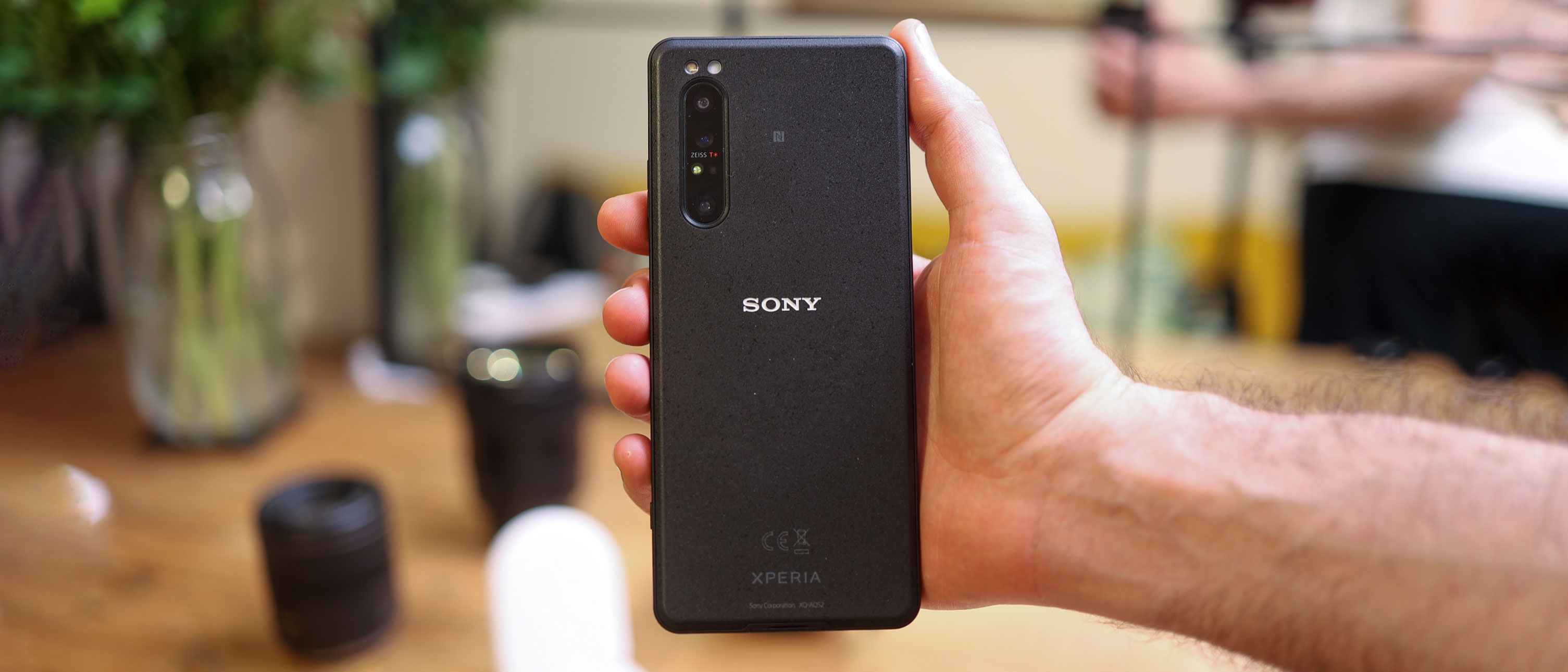
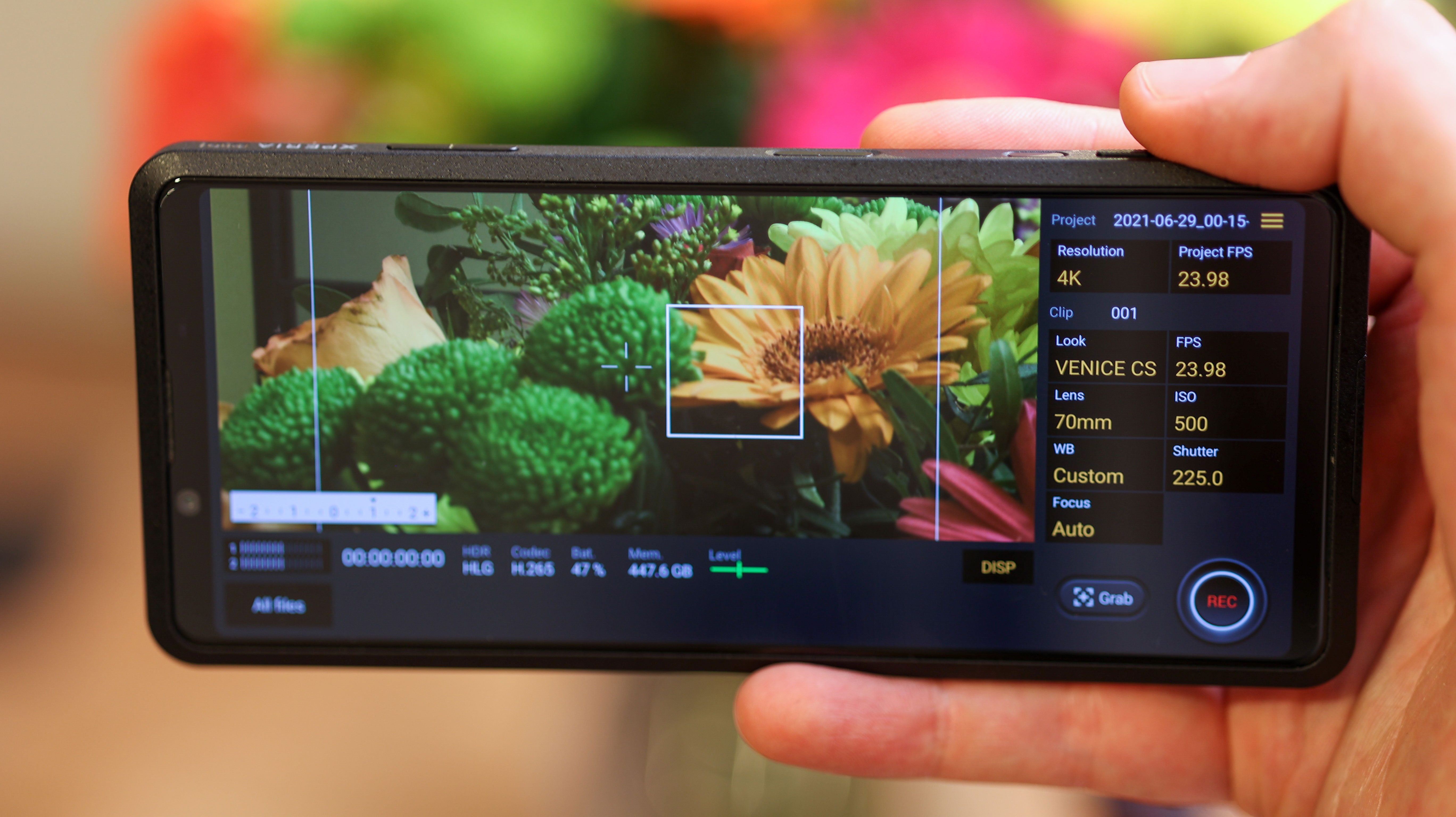
The Sony Xperia Pro’s main camera module features a 12MP, 1/1.7" Exmor RS for Mobile sensor, and an f/1.7, 25mm lens. The Pro’s 12MP telephoto camera combines a 1/3.4" sensor with an f/2.4, 70mm lens, while the ultrawide camera is a 12MP 1/2.55" Exmor RS for mobile sensor with an f/2.2, 16mm (124-degree field of view) lens.
While we don’t expect selfie lovers will be lining up to grab an Xperia Pro, there’s still a front camera with a front camera resolution of 8MP, matched with a 1/4" sensor and an f/2 aperture, 84-degree field of view lens.
The Xperia Pro runs with Sony’s basic camera app, though the phone also benefits from Sony’s Photo Pro camera app, as found on the Xperia 1 II. It might be a bit complicated for some, but if you’re in a position to be dropping a couple of grand on the Pro, you’ll likely know your way around manual controls. In Photo Pro, the phone also carries forward Sony’s Auto, Programme auto, Shutter priority, and Aperture priority modes from Sony camera lines, as well as manual exposure and a memory recall mode, for saved settings.
Sony has also brought back the Cinema Pro app as introduced on the Xperia 1, which adds more control over smartphone videography.
Sony Xperia Pro camera performance
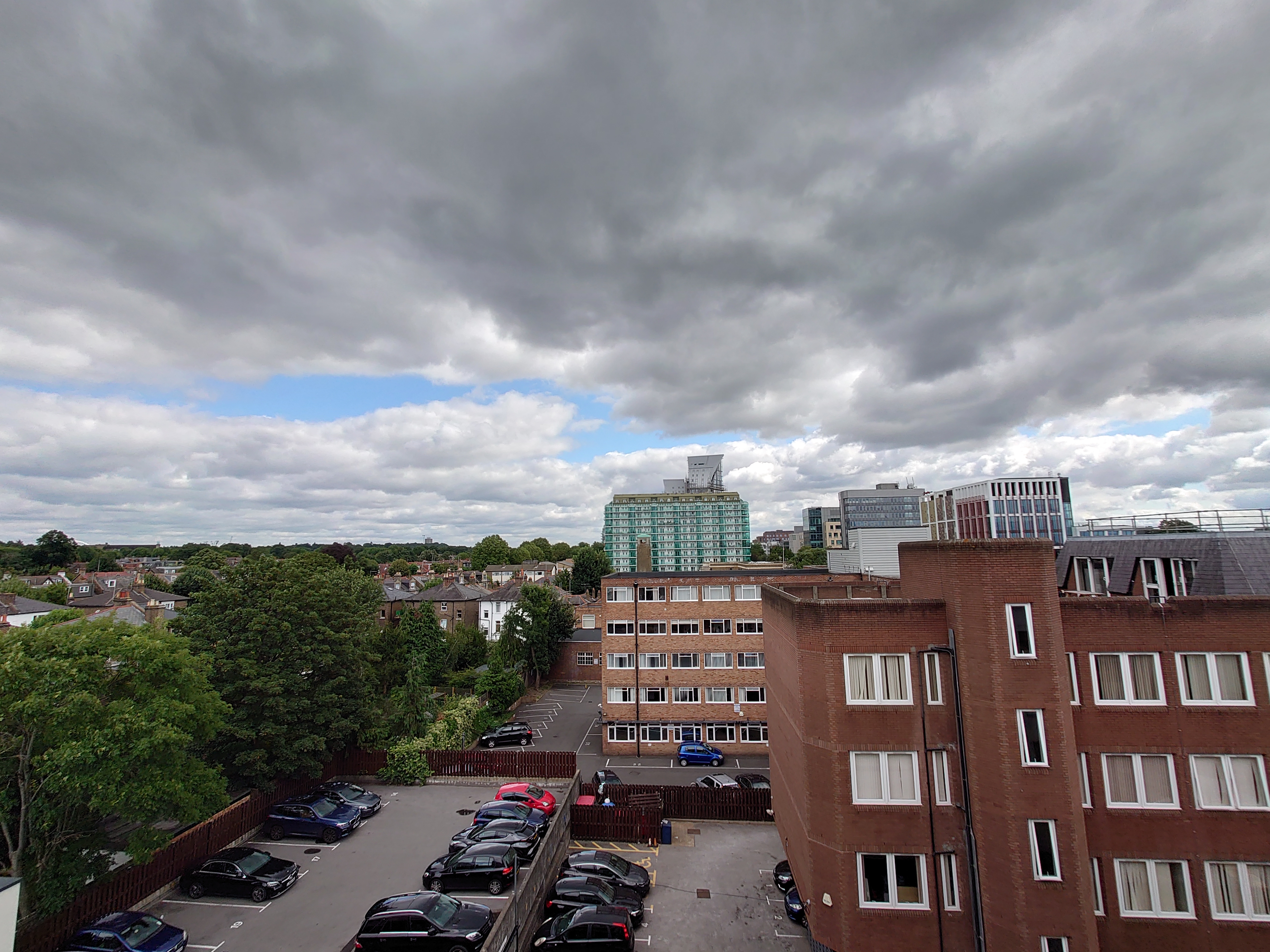
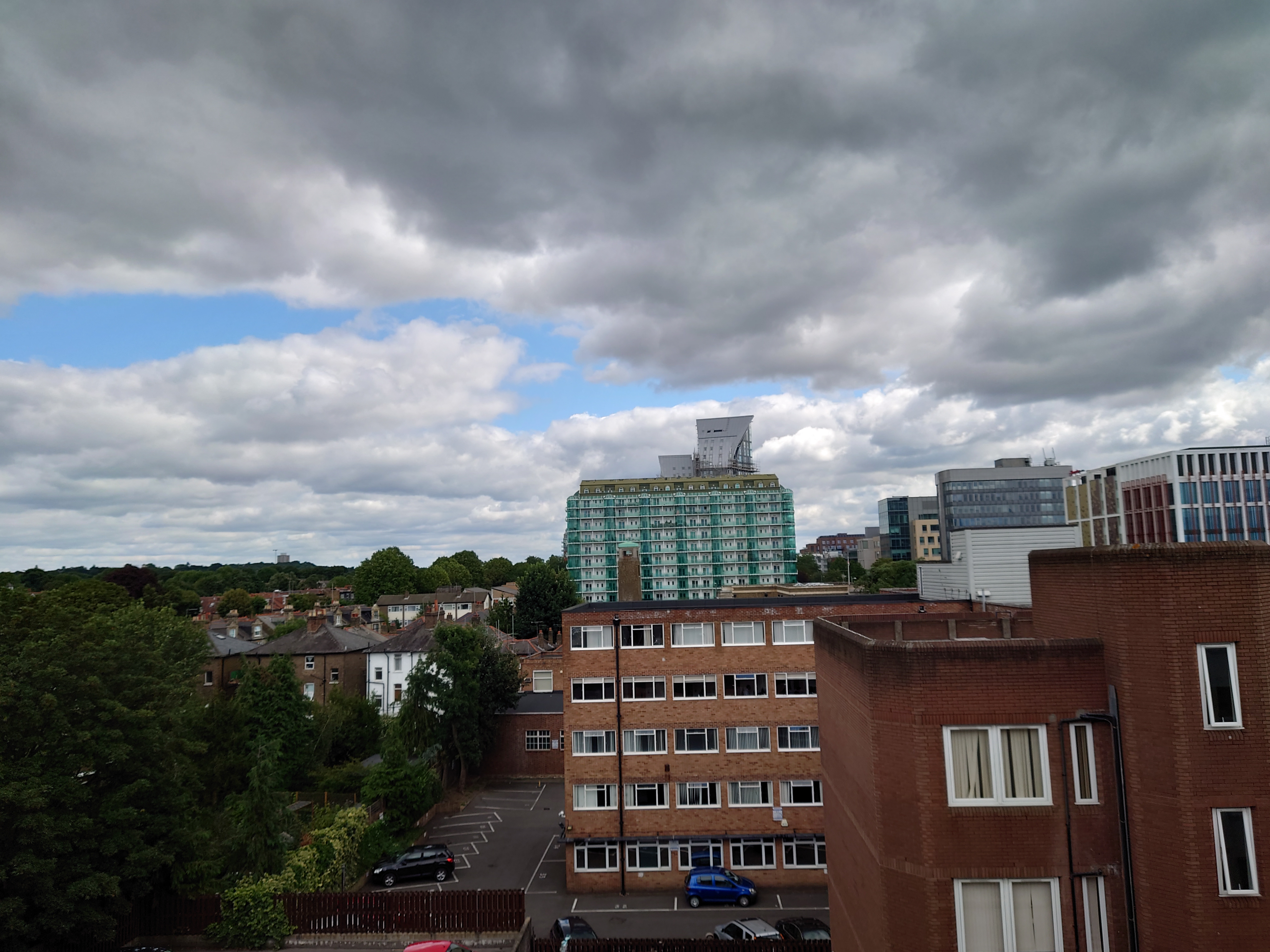

When compared to high-end smartphones, the Xperia Pro still holds up well, despite its hardware being over a year old. Exposure metering is reliable, and while Sony tends to produce slightly darker, more natural images overall, many may prefer this look.
Where the Xperia Pro drops the ball is dynamic range. Reflecting traditional cameras rather than modern-day smartphones, it misses out on powerful HDR algorithms that have become popular in recent years, boosting shadows and tapering highlights.
View images from the primary 24mm-equivalent camera more closely, and detail levels are good, but far from best-in-class. The Xperia Pro does produce impressively low levels of high ISO image noise for a phone on the wide camera, but if you switch to the ultra-wide and telephoto cameras the noise is more visible.
It’s also a shame that the Xperia Pro misses out on the Xperia 1 III’s periscope camera. We understand that the Xperia Pro isn’t a dedicated camera phone and that its internals are geared towards making the fastest 5G a reality. Even so, at its price, it's disappointing.


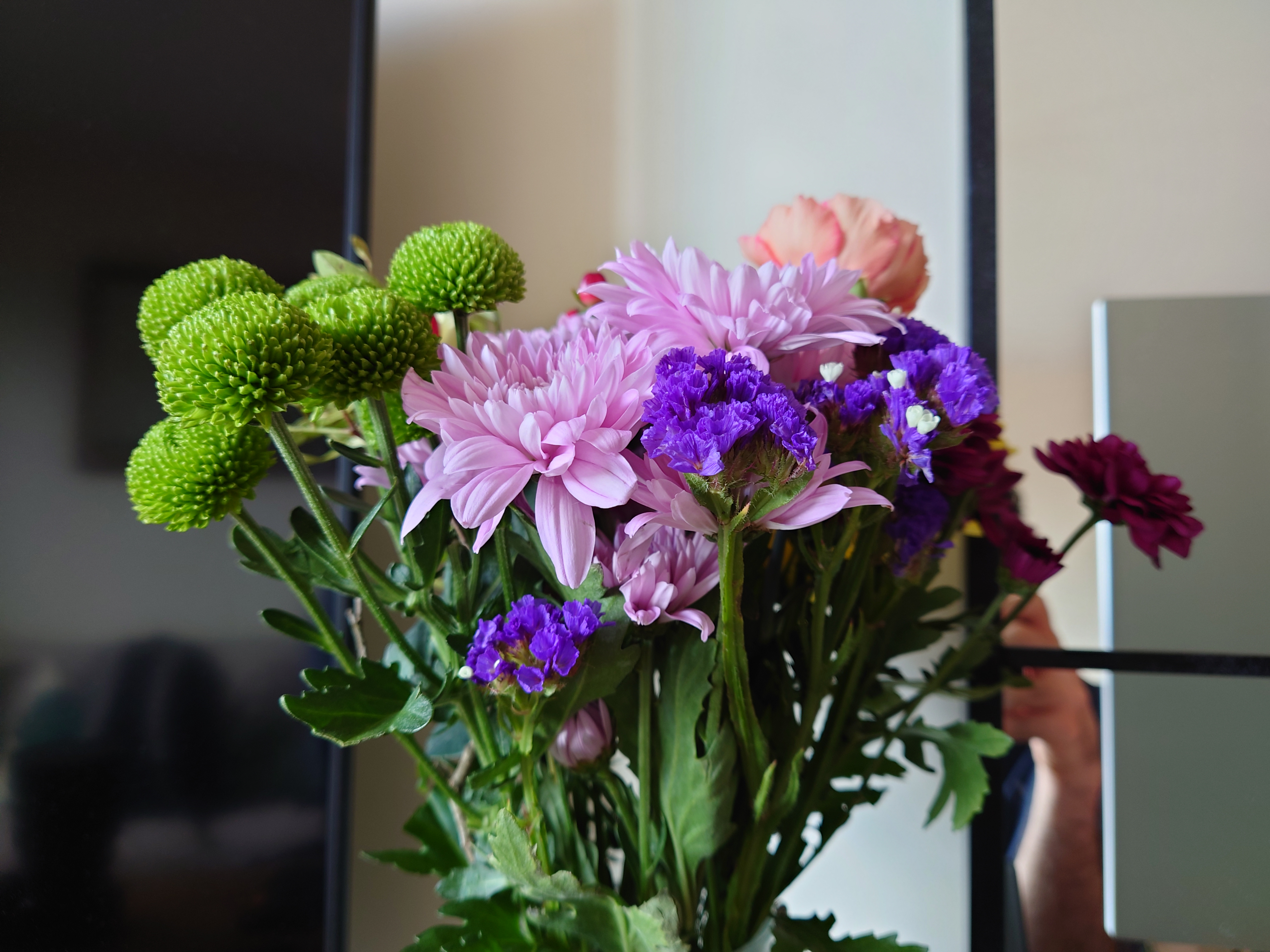
There are notable highlights when shooting with the Xperia Pro’s camera, however – its rapid 20fps burst shooting mode is excellent, as too is the eye-tracking tech Sony trickles down from its Alpha line.
As for video, footage is shot at up to 4K resolution (60fps), and is held together with optical and digital stabilization. The camera does a good job of delivering reliably good video for a smartphone, but even with the Cinema Pro app, if move around too much you’ll struggle to iron out any of the judder in post. Get it on a gimbal though, and you should get some great results.
Additional features
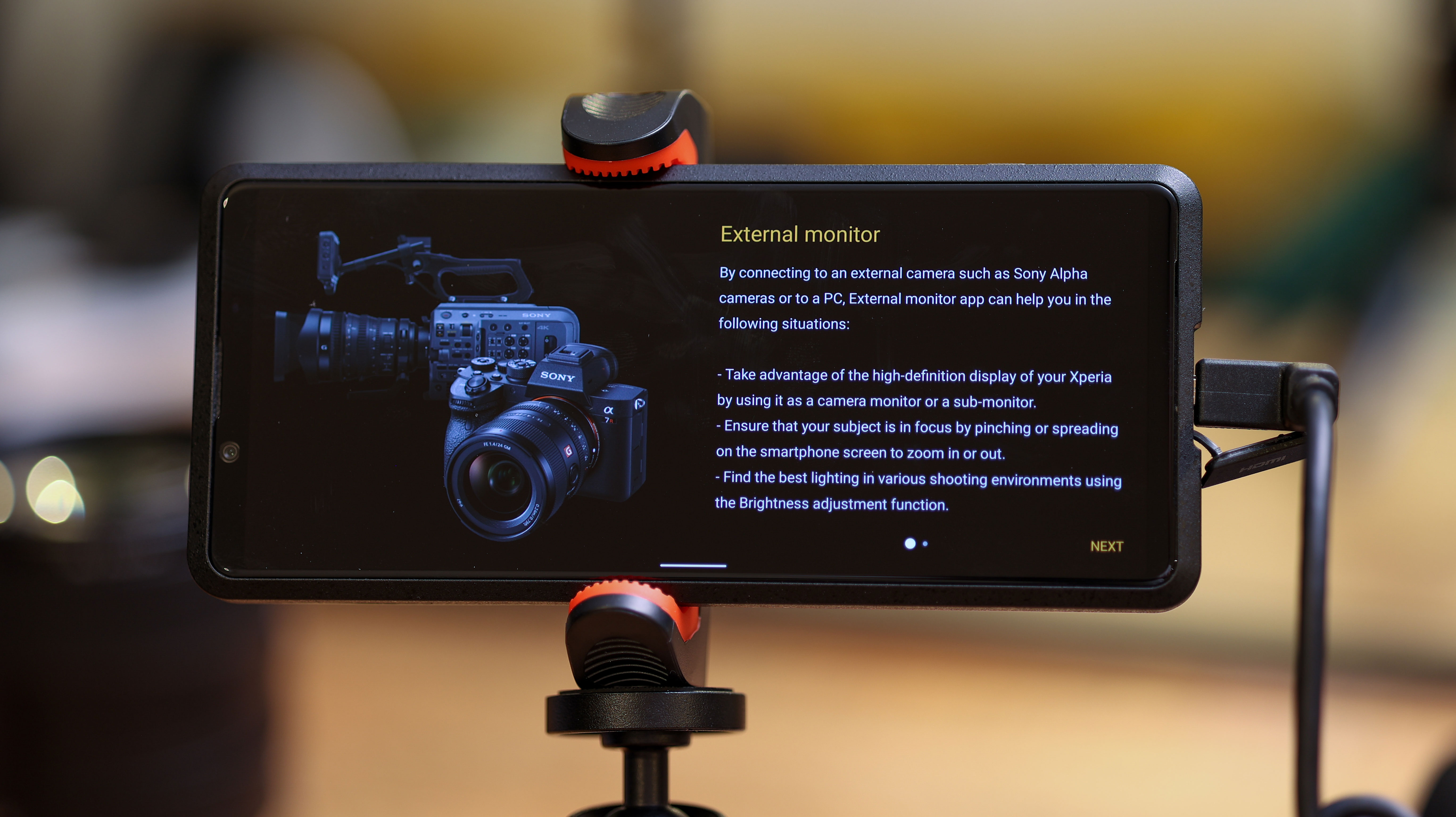
Powered by a Qualcomm Snapdragon 865 processor paired with 12GB RAM, the Xperia Pro is notably 2020 (not 2021, alas) on the inside, though is still very powerful. Running Android 11 with Sony’s custom UI over the top, it’s a slick, light take on Android with a few customizations, and does the job. Day-to-day, you won’t notice any performance differences between the Xperia Pro and the Xperia 1 III.
What will disappoint when they’re used side-by-side, though, is the 60Hz screen versus the 120Hz screen on the latest model – not an issue for video capture/playback when using it as a field monitor, but just another way it falls slightly behind as a smartphone.
• Read more: Using the Sony Xperia Pro as a video monitor
Also worth noting, the Xperia Pro is an optimised 5G machine. Its internals have been worked to deliver a more stable 5G signal, and in our tests using an EE SIM card in a 5G area of London, we saw faster upload and download speeds from the Xperia Pro than other 5G devices from Samsung, OPPO and Realme.
With 512GB storage plus microSDCX card support up to 1TB storage, you won’t be wanting for storage space on the Xperia Pro, but it’s a real shame the phone can’t take advantage of this capacity by also functioning as an external recorder for video.
As for the phone’s 4000mAh battery, it’s not the biggest on a smartphone of its size, but in our tests it made it through a relatively heavy day with about 10 percent remaining. It powers up at 21W, though ships with an 18W charger, and takes just under two hours to charge fully – far from the nippiest charging on the block.
Verdict
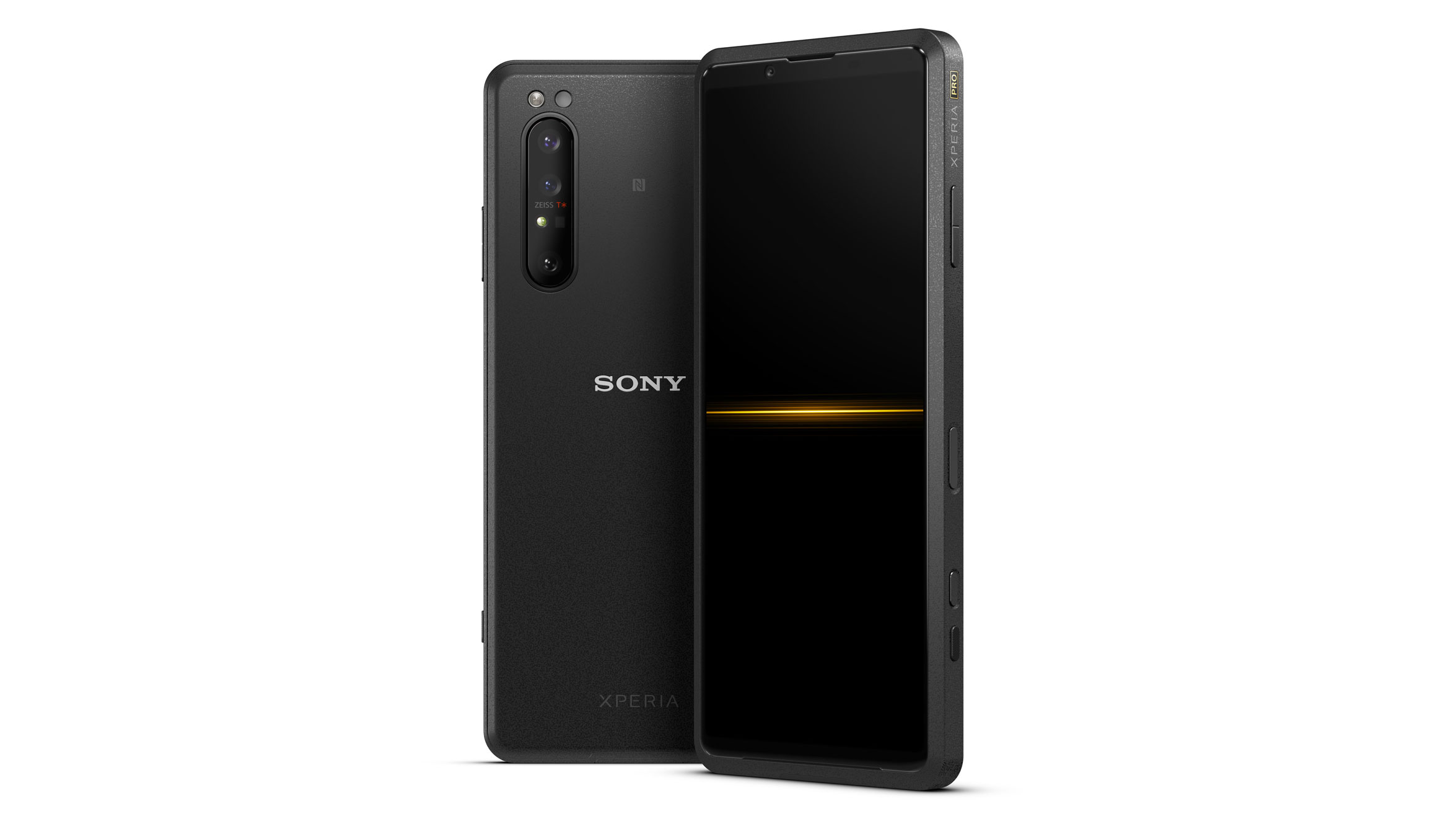
The Xperia Pro lives in a bubble, and in that bubble, it does some great things. It’s really handy to use as a field monitor and a 5G hotspot, and it’s also an Android smartphone that’ll run your camera companion apps like a champ, be they made by Canon, Sony or another camera maker.
To call the Xperia Pro a personal smartphone – i.e. one that someone might buy for their personal use, is a misstep. There’s no way we could recommend someone spend so much money on a phone that’s so niche and such bad value as a daily driver when you can get so much more for less in phones like the Apple iPhone 12 Pro Max, Samsung Galaxy S21 Ultra, and even Sony Xperia 1 III. It’s obvious that the Xperia Pro is a business tool.
For any individuals who aren’t film or photography pros who are cooing at the idea of the Xperia Pro, we’d recommend admiring from a distance, safe in the knowledge that as a smartphone offering isn’t all that great, even if as a pro video tool, it’s a handy bit of kit.
For high-budget production companies that are looking to lighten run and a gun shooters’ kit bags, or live-streaming outfits that need to work remotely (in cities where there’s 5G), the Xperia Pro will streamline workflows and fit in a pocket at the same time.
For more on its 5G customizations, live-streaming with Sony’s unique filmmaker’s phone, and what it’s like to use day-to-day, read our Xperia Pro Q&A, in which we cover everything from FTP uploads, the kind of rig you need to mount the phone, the External Monitor UI and more.
Read more:
• Best camera phones
• Xperia Pro as a video monitor
• Best on camera monitors for video
• Best video tripods
• Best gimbals
• Best vlogging camera
Basil Kronfli is a freelance technology journalist, consultant, and content creator. He trained in graphic design and started his career at Canon Europe before moving into journalism. Basil is also experienced in video production, independently running the YouTube channel TechEdit, and during his time at Future, he worked alongside the Digital Camera World team as a senior video producer.
